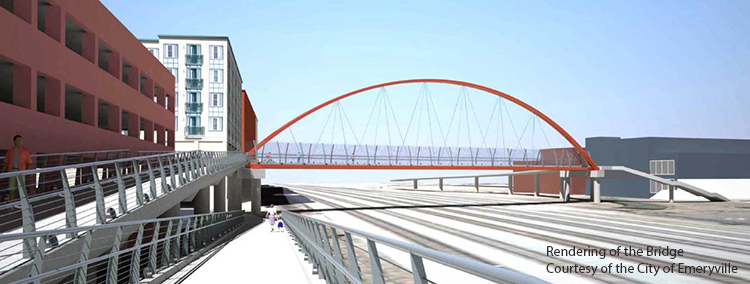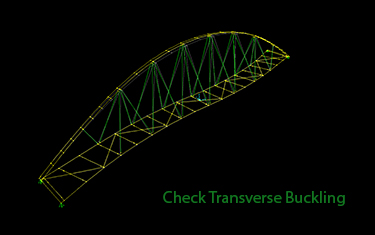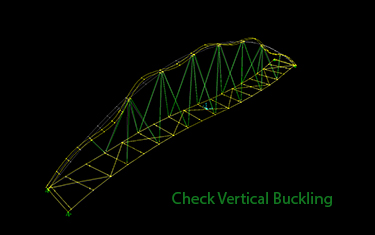South Bayfront Pedestrian Bicycle Bridge
Emeryville, California
Client:
City of Emeryville
1333 Park Avenue
Emeryville, CA 94608
Maurice Kaufman
Public Works Director/City Engineer
(in May of 2010, he is now Deputy Director, Engineering at Alameda County Public Works Agency since Oct 2017)
Date:
Peer review completion 2010
Scope of work:
Peer Review
Construction cost:
About $15 million (estimate)
Services Performed:
- 100% plan check
- Independent analysis
- Peer review of 100% design
Issues:
- Unconventional bridge type
- Design for high seismic zone
- Complex structural detail
 The South Bayfront Pedestrian Bridge project involves the design and construction of a pedestrian-bicycle bridge which will connect to the Emeryville Greenway on the east side and will provide a path across the railroad tracks to connect to the Bay Trail to the west. It will also provide convenient access from central Emeryville to the Bay Street Center. The project includes the ramps and connections from the bridge to existing or proposed projects. On the west side, it will connect to Ohlone Way and the Bay Street parking garage. On the east side, it connects to the future Horton Landing Park.
The South Bayfront Pedestrian Bridge project involves the design and construction of a pedestrian-bicycle bridge which will connect to the Emeryville Greenway on the east side and will provide a path across the railroad tracks to connect to the Bay Trail to the west. It will also provide convenient access from central Emeryville to the Bay Street Center. The project includes the ramps and connections from the bridge to existing or proposed projects. On the west side, it will connect to Ohlone Way and the Bay Street parking garage. On the east side, it connects to the future Horton Landing Park.
The main span consists of an S-curved single span across the railroad tracks, about 230 feet long, supported at its ends by concrete bents. It is supported by a single straight bowstring truss / arch that extends diagonally across the deck; the top chord / arch rib is a pair of steel tubes, the bottom chord / tension tie is within the deck framing, and the cable diagonals / suspenders support the deck edges. A concrete slab traveled way, with fencing and lighting, is carried by the steel deck framing.
Biggs Cardosa Associates Inc.(BCA) is the prime consultant for the design. In view of the unconventional structural system, the City engaged OPAC to perform a peer review of the 100% design, based on plans, calculations and specifications submitted by BCA. OPAC also performed independent analysis to check buckling issues.
The peer review addressed design issues of the main span structural system only. The review focuses on sufficiency of supporting engineering studies, applicability of the design and details, compliance with the design criteria, feasibility of the proposed construction method, and any structural performance or maintenance issues.

